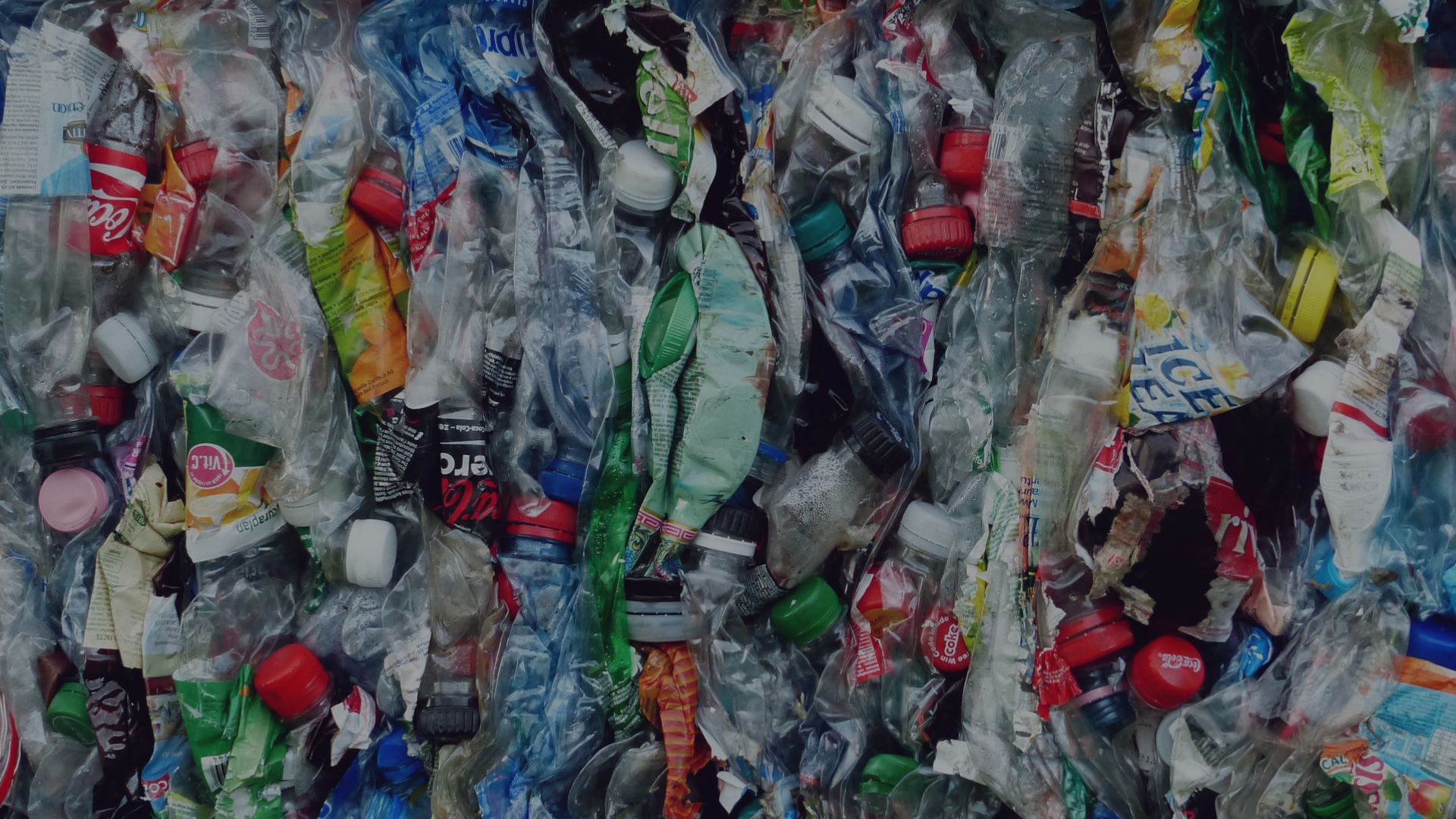

Recyclage des polymères et des plastiques
GOING FROM WASTE TO VALUE
Identifying Polymer Types by Infrared Spectroscopy
If medium sized and large polymer parts are disposed of (e.g. automotive components), it is important to sort them by plastic type for recycling. An example would be thermoplastics such as polyamides, which can be recycled mechanically by thermal shaping, or chemically by acid- or base-catalyzed hydrolytic depolymerization.
So in this case, in order to obtain an acceptable recycled product, different polyamides must be reliably differentiated, since the quality of the new product depends directly on the purity of the recycled material. FT-IR spectroscopy offers an inexpensive, on-site and easy-to-use approach to perform chemical analysis of polymers and plastics.
Verification of Incoming Recycled Polymers by Infrared Spectroscopy
The road to new plastic products is long for recycled polymers. This means that the material passes through many hands during sorting, typification, transport, repurposing and final production.
For processors, manufacturers and end customers, it is therefore very important to check the purity of supplied recycled materials.
Infrared spectroscopy allows qualitative and quantitative to avoid damages and optimize recycling processes. It analyzes polymers of any type, dimension and size, e.g. molten films, shred or pellets .
Quality Classification of Plastic Recyclates by DIN SPEC 91446
Consumers, OEMs and legislators are increasingly demanding the use of recycled materials. However, manufacturers often have reservations about the use of recyclates, as the risk of fluctuating material qualities and impurities is high.
With the launch of DIN SPEC 91446, a standard has now been created that divides recyclates into data quality levels depending on the available data depth. Depending on how much information is available on the material, its sorting quality, purity and other characteristic values, the recyclate is assigned a class.
If recyclates are of high quality and well defined, they naturally receive a better class and vice versa. Therefore, especially high-grade recyclates benefit from a well-documented material identification and a thorough inspection for impurities.
DIN SPEC 91446 specifies FT-IR spectroscopy for the determination of both analytical parameters. Of particular value is a high quality IR database of current polymer and plastic materials.
Synthesizing the Biobased BPA Alternatives
From health complications to environmental detriment, plastic and its production are topics of significance to chemists and biologists who are striving for more sustainable and renewable methods. One such approach includes replacing BPA and thus the toxic polycarbonates it forms with cleaner and more sustainable alternatives. The betterment of polymer product will benefit the environment and the quality of human life and will increase the value of the polymer industry. That’s why Bruker constantly work on developing diverse advanced polymer MR-based solutions to serve the entire polymer value chain.